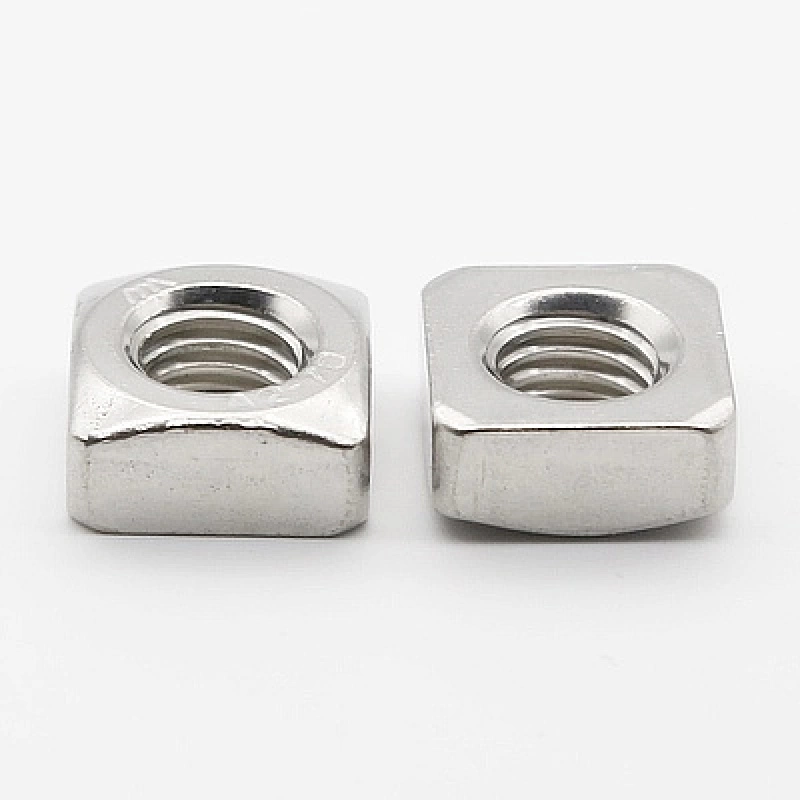

m12 hex nut
Sep . 05, 2024 02:27 Back to list
m12 hex nut
Understanding M12 Hex Nuts A Comprehensive Overview
Hex nuts are fundamental components in various mechanical assemblies, serving a crucial role in fastening applications. Among the various sizes, the M12 hex nut is particularly notable for its versatility and widespread usage in both industrial and commercial settings. The 'M' in M12 denotes that the nut is part of the metric thread system, with a nominal diameter of 12 millimeters.
Design and Construction
The M12 hex nut is characterized by its hexagonal shape, which allows it to be easily tightened or loosened using standard tools such as wrenches. The dimensions of an M12 hex nut typically conform to international standards, ensuring compatibility with various bolts and screws of the same size. The thickness, width, and height of these nuts make them suitable for a multitude of applications, ranging from automotive and construction to machinery and furniture assembly.
Most M12 hex nuts are made from durable materials such as carbon steel, stainless steel, or, in some cases, brass. This choice of material depends on the intended application. For instance, while carbon steel hex nuts are common due to their strength and affordability, stainless steel options are preferred in environments where corrosion resistance is essential, such as marine or chemical settings. Additionally, some manufacturers offer zinc-plated or hot-dipped galvanized M12 hex nuts to enhance durability and corrosion resistance.
m12 hex nut

Applications
M12 hex nuts are used in a wide range of applications that require secure fastening. They are often paired with M12 bolts or screws in machinery, automotive parts, and structural connections. The strength and reliability of M12 hex nuts make them ideal for heavy-duty applications, such as holding together large machinery or supporting infrastructure in construction projects.
In the automotive industry, for instance, M12 hex nuts secure critical components, including suspension systems and engine parts. Their ability to withstand high torque loads ensures that the components remain secure under various operating conditions. In furniture assembly, they provide a robust connection that supports the structural integrity of items such as tables and chairs.
Conclusion
M12 hex nuts, though small in size, play a critical role in ensuring the safety and reliability of countless products and structures. Their simple yet effective design, combined with the variety of materials available, allows engineers and technicians to select the appropriate nut for specific applications. As technology advances and industries evolve, the demand for reliable fastening solutions like the M12 hex nut will continue to grow, affirming its position as a staple in the mechanical and construction sectors. Whether you are assembling machinery, building furniture, or constructing infrastructure, the M12 hex nut remains an indispensable component in modern engineering.
Latest news
-
High-Strength Hot Dip Galvanized Bolts - Hebei Longze | Corrosion Resistance, Customization
NewsJul.30,2025
-
Hot Dip Galvanized Bolts-Hebei Longze|Corrosion Resistance&High Strength
NewsJul.30,2025
-
High-Strength Hot-Dip Galvanized Bolts-Hebei Longze|Corrosion Resistance&High Strength
NewsJul.30,2025
-
Hot Dip Galvanized Bolts-Hebei Longze|Corrosion Resistance&High Strength
NewsJul.30,2025
-
Hot Dip Galvanized Bolts - Hebei Longze | Corrosion Resistance, High Strength
NewsJul.30,2025
-
High-Strength Hot Dip Galvanized Bolts-Hebei Longze|Corrosion Resistance, Grade 8.8
NewsJul.30,2025

